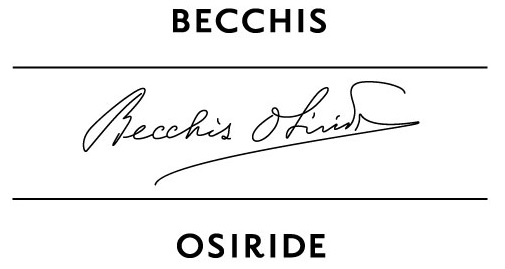
News
Technical paper introduced by Becchis Osiride at SAE 2007 Noise and Vibration Conference - High-stiffness double-layer dampers
18 maggio 2007
Becchis Osiride published and introduced a technical paper about passive control and local structural modification at the SAE 2007 Noise and Vibration Conference and Exhibition held in St. Charles, Illinois (USA, 15-17 May, 2007)
SAE2007: the newest research, technologies, techniques, and trends to identify, measure, and eliminate noise, vibration and harshness. More than 25 sessions will feature over 250 SAE Technical Paper presentations covering:
• Engine/Powertrain/Driveline
• Passive and Active NVH Control
• Vehicle Subsystems
• NVH Measurement
• Standards, Processes and Perspectives
• Heavy Vehicle and Vehicle Exterior
• Numerical Methods
(reference: http://www.sae.org/events/nvc/ )
Wednesday, May 16 - Vehicle Subsystem NVH: Body Structure / Chassis Session (Code: NVC6)
The session covers static and dynamic issues in the body and chassis that contribute to noise and vibration problems in vehicles. Included in this session are modal studies, measurement and analysis methods, transfer path analysis, design guidelines, and recommended practices for noise and vibration control of the body and chassis.
PASSIVE CONTROL AND LOCAL STRUCTURAL MODIFICATION OF A MECHANICAL SYSTEM THROUGH THE APPLICATION OF HIGH STIFFNESS DOUBLE LAYER DAMPERS.
A study on a passive modal control to be applied to a generally constrained mechanical system is presented, able to cut down frequency peaks in a selective way. A preliminary modal analysis is needed in order to define the system eigenvalues and eigenvectors; then, Damping, Stiffness and Mass experimental matrices can be obtained. Starting from these data, the developed methodology allows to define a damping matrix able to modify the local and global structural modes. In order to validate the reliability of the theoretical model, a simple five degrees of freedom model was first examined, with known stiffness and mass matrices, and a solution for a chosen damping matrix was checked. Successively the same solution was verified giving the theoretical model incomplete information regarding the eigenvalues and eigenvectors matrices. Having validated the theoretical model on a simple system, the methodology was applied to a car roof, realizing a modal modification starting from partial information on the eigenvalues and eigenvectors matrices.